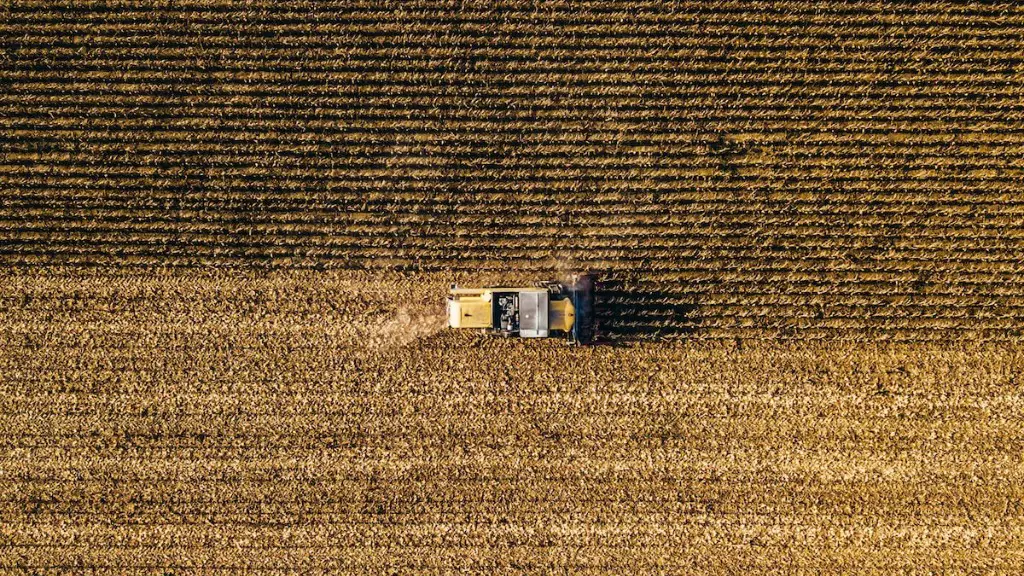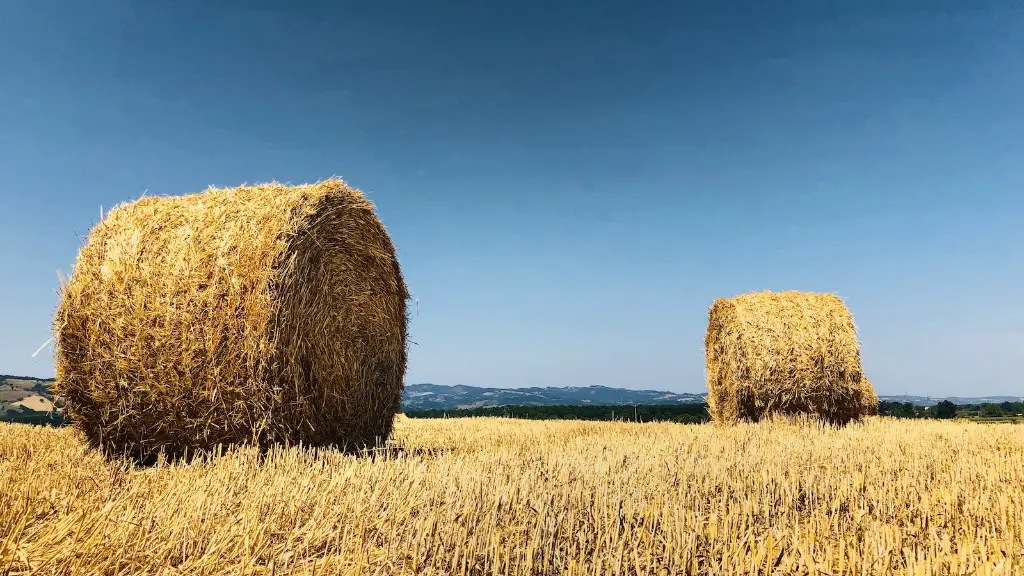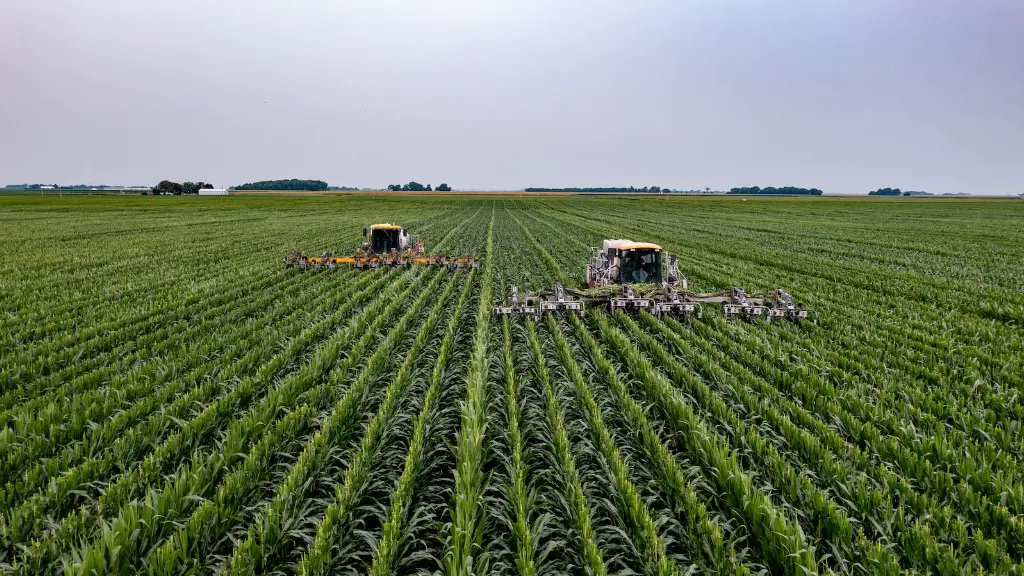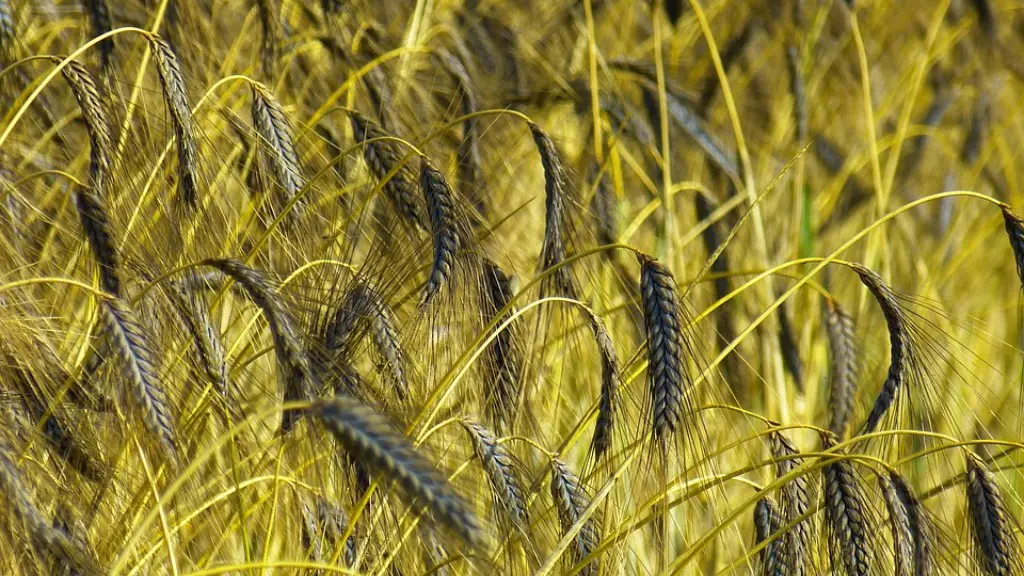Agricultural soils, while seemingly simple, can be quite complex. The ideal soil texture for plant agriculture depends heavily on the crop being grown. Good soil texture is a combination of sand, silt, and clay, with each soil having a unique mix of properties. While all soils contain a certain measure of each of these components, each soil type has an ideal balance that is important for successful crop production.
For soil to be suitable for plant agriculture, it must be properly aerated, have adequate drainage, have good levels of fertility, and be able to retain and supply adequate amounts of water and nutrients. In soils with too much sand, water and nutrients cannot be held, resulting in poor crop development. On the other hand, soil that is too clay-like lacks the pores required for good drainage and air movement, resulting in poor crop yields.
Ideally, soil should consist of 40-60% sand, 20-50% silt and 20-40% clay. This is what is known as Loam, the preferred soil texture for growing plants, as it is balanced enough to retain and supply water and nutrients, while still having enough drainage to allow the soil to breathe. Loam soil is also ideal for planting root crops as it allows roots to easily penetrate the soil.
By testing the soil texture, farmers can determine whether the soil is in need of amendment. Adding organic matter, such as compost and decomposed mulch, can help balance the soil. Adding sand to clay soils loosens and aerates the soil, while adding silt to sandy soils increases the soil’s ability to hold onto water and nutrients. Every soil type requires different amendments; working with a knowledgeable soil expert to ensure proper soil amendments can be invaluable.
When considering soil texture, it is also important to consider the type of crop being grown. Different plants prefer different soil textures, so understanding individual crop needs can be key to successful crop production. For example, corn prefers silty soil, while tomatoes prefer soil with a higher clay content. Understanding the preferred soil texture for a particular crop can help a farmer make sure he or she has the optimal soil for that crop.
Clay-based Soils
Clay-based soils have particles that are very small, which make them ideal for retaining water and nutrients, as well as for providing good traction for root development. But, as mentioned earlier, excessive clay content can lead to poor drainage and air movement, which can cause plants to become waterlogged and ultimately die. When working with clay-based soils, amendments such as coarse sand, compost, and organic matter can help. Adding organic material with plenty of air pockets can help aerate the soil, helping with drainage and overall plant health.
Incorporating sand can help water to drain, creating pore spaces between particles and allowing air to get into the soil. Adding compost is also key as it can help to add essential nutrients and organic matter to the soil. Finally, applying mulch and leaves on top of the soil can help to preserve moisture and add additional organic matter to the soil over time.
Sandy Soils
Sandy soils have large particles that don’t hold onto water and nutrients, thus making the soil less suitable for growing crops. To improve sandy soil, amendments such as compost, silt, and manure should be used. Compost adds organic content to sandy soils and increases the cation exchange capacity of the soil, meaning Sandy soil can then more effectively hold onto water and much-needed nutrients. Additionally, compost can also help decrease soil bulk density, meaning it can help to loosen up soil and improve root penetration.
Adding silt to sandy soils, such as peat moss or vermiculite, can also help to increase its ability to hold onto water and provide the necessary nutrients for crop growth. And, adding manure helps to increase the fertility of the soil, creating optimal conditions for crop growth. Additionally, applying mulch over the surface of sandy soils can help retain soil moisture and reduce evaporation.
Other Considerations
When it comes to the ideal soil texture, other factors must also be considered, such as soil pH levels and nutrient content. Tests can be conducted to get an accurate reading and from there, adjustments and amendments can be made based on the results. Additionally, soil experts can help develop the best way forward for a particular soil type and effective soil management strategies.
Finally, farmers must also consider climate when determining the ideal soil texture for their crops. In humid climates, for example, soils with a higher level of clay may be beneficial, whereas in dry climates soils with higher sand content may be preferred, as they help to reduce water evaporation. Therefore, in addition to understanding preferred soil texture, understanding climate and other environmental factors is essential for creating the best soil environment for successful crop production.
Organic Matter Considerations
Organic matter is the foundation of soil fertility and is essential for successful crop production. Organic matter is created by decomposition of plant and animal material and helps to improve aeration, drainage, and nutrient delivery. Adding organic matter such as compost, manure, and mulch to soil helps to replenish the soil and creates in an environment that is conducive to strong crop growth.
Organic matter can also helps to improve the soil’s ability to hold onto water and nutrients, and can help reduce the compaction caused by heavy farming equipment. It also aids in improving the soil’s physical properties such as structure, texture, and fertility that. Ultimately, this helps to improve crop development and yields.
Organic matter also helps to create a soil ecology that supports beneficial bacteria, fungi, and other organisms that help to make soil more productive. This can further aid in improving soil structure and fertility for crops. Creating a healthy and thriving soil ecology can help to ensure a sustainable and successful crop production.
Crop-Specific Considerations
Beyond understanding their desired soil texture and composting with organic matter, farmers must consider their specific crop’s needs when creating their ideal soil environment. Different plants have different requirements; some like sandy soils and others prefer soils with higher clay content, others require more fertilizer or less water.
Soils can be quite complex and require a combination of different factors for successful crop production. Understanding the ideal soil texture for crop production is just one part of this equation. With the right blend of soil texture, amendments, organic matter, and crop-specific needs, farmers can create the perfect soil environment and increase the chances of a successful harvest.
Specimen Parameter Considerations
In addition to the above considerations, farmers must also take into account soil parameters such as pH levels, nutrient content, bulk density, and cation exchange capacity. To best understand this complex process, conducting soil tests can provide insight that is invaluable. Soil testing can help determine soil pH and nutrient levels, soil texture, and also reveals whether any changes or additions need to be made to soil for successful crop production.
This information can then be used to create a nutrient management plan, a strategy for incorporating the soil amendment specific to the crop, and a schedule for applying the soil amendment. Testing the soil, understanding the ideal soil texture for crops, and incorporating amendments and organic matter are all necessary for creating an environment that is most suitable for crops.
Organic Farming Considerations
Finally, for those farmers using organic methods, there are additional considerations. To be certified organic, farmers must adhere to a set of regulations and standards set by the Organic Foods Production Act of 1990 (OFPA). For example, all soil amendments used must be approved or certified as organic. This makes it essential that farmers understand what is allowed and what is not to remain compliant with their organic certification.
Additional details must also be taken into consideration, such as the type of growth media used. For some crops, synthetic and inorganic growing media must be avoided at all costs, and only certified organic growing media can be used. Utilizing organic methods requires extra thought, effort, and education to stay within the guidelines of organic certification.





